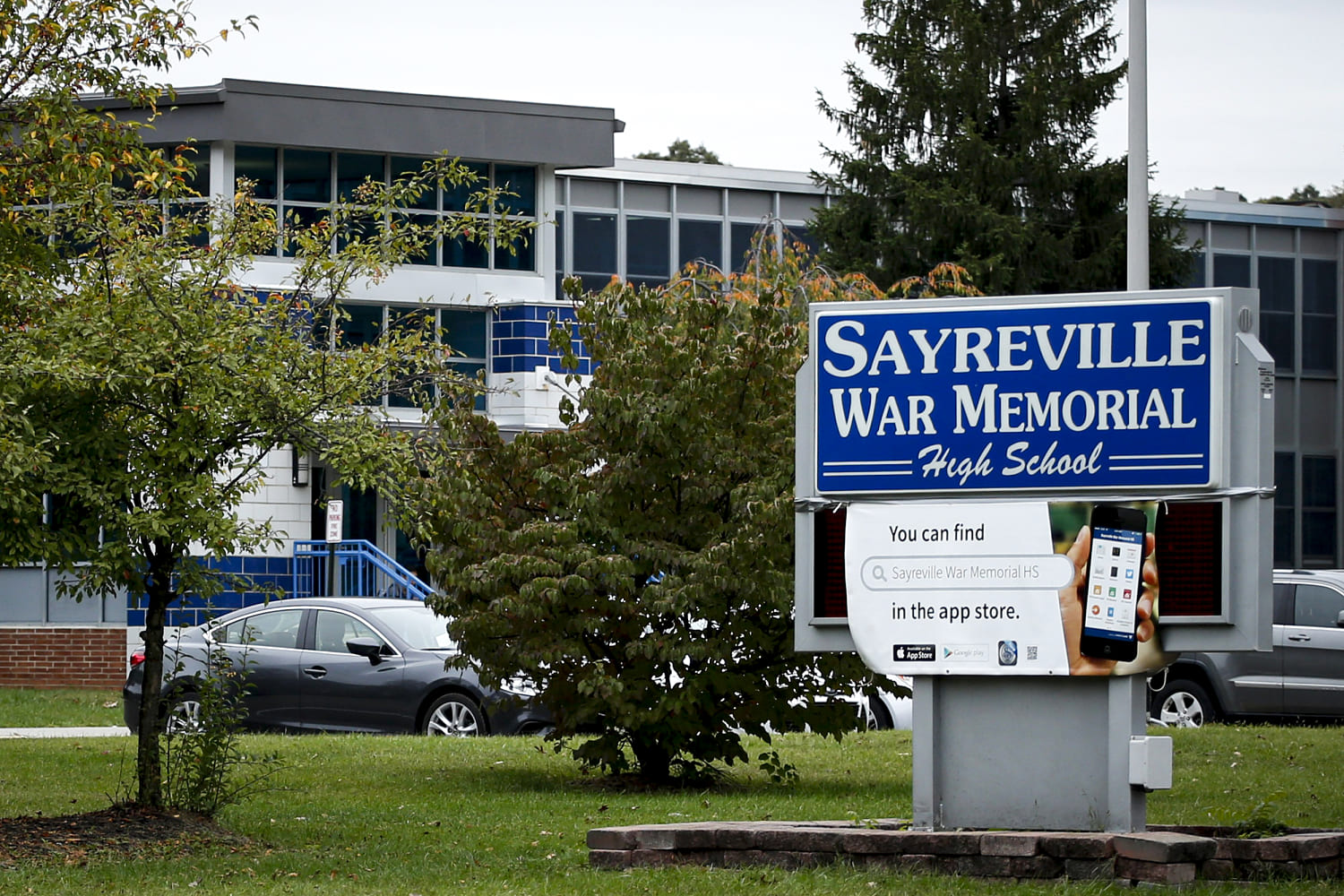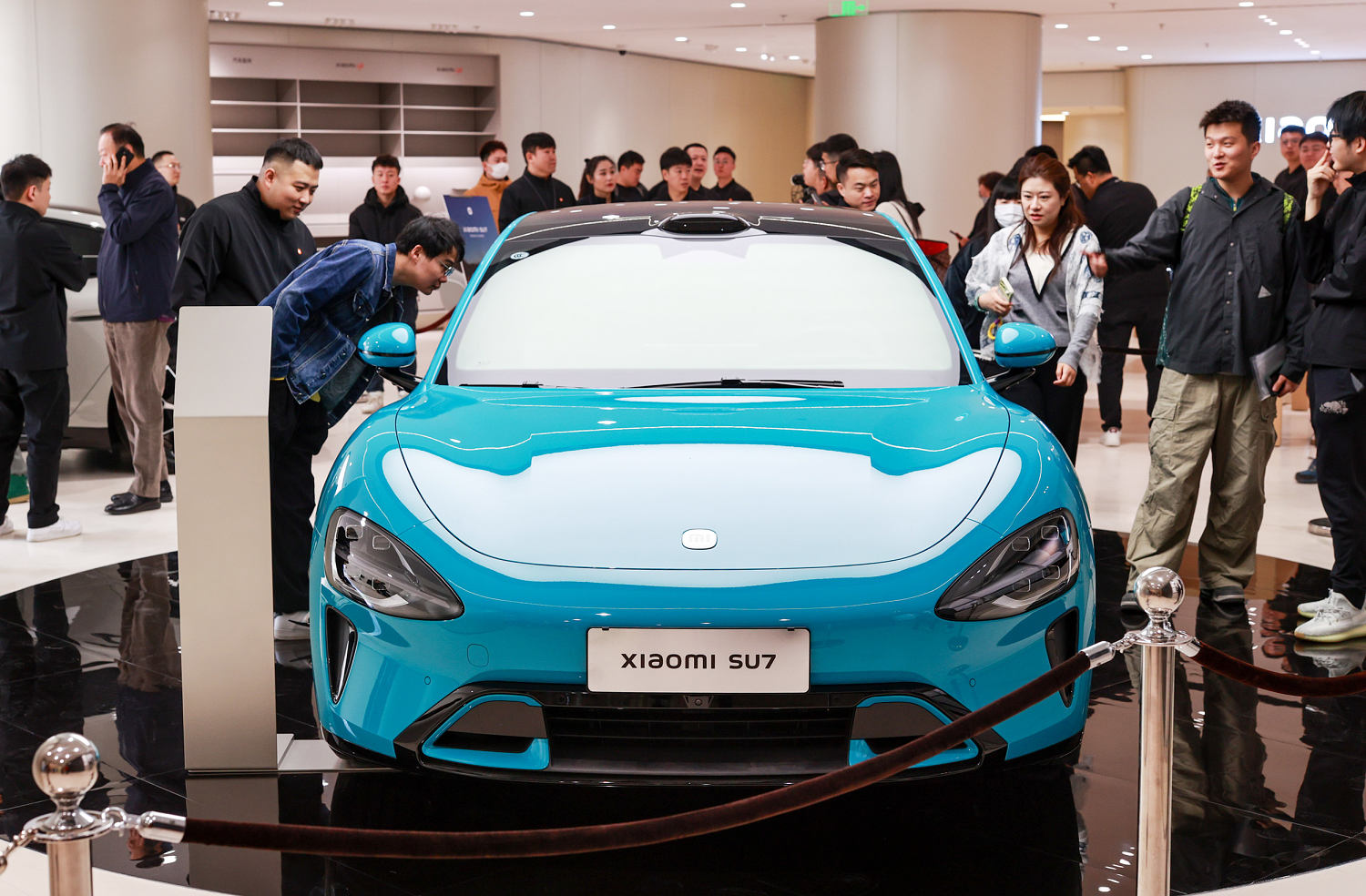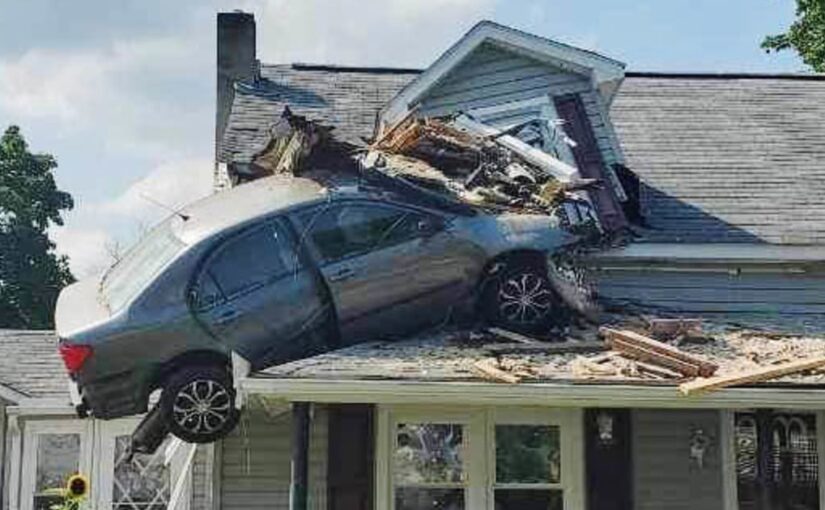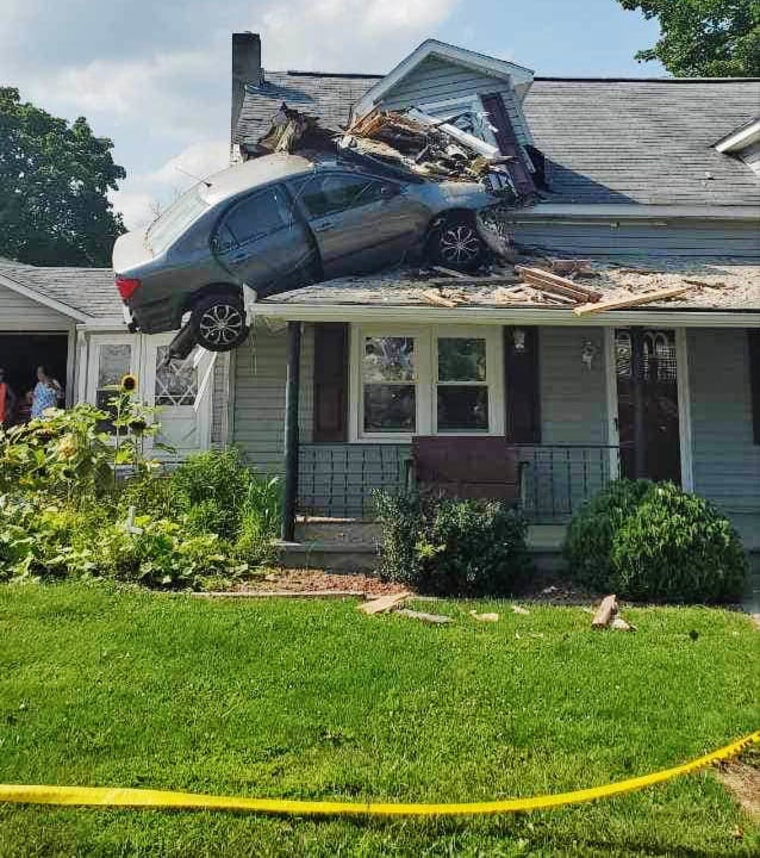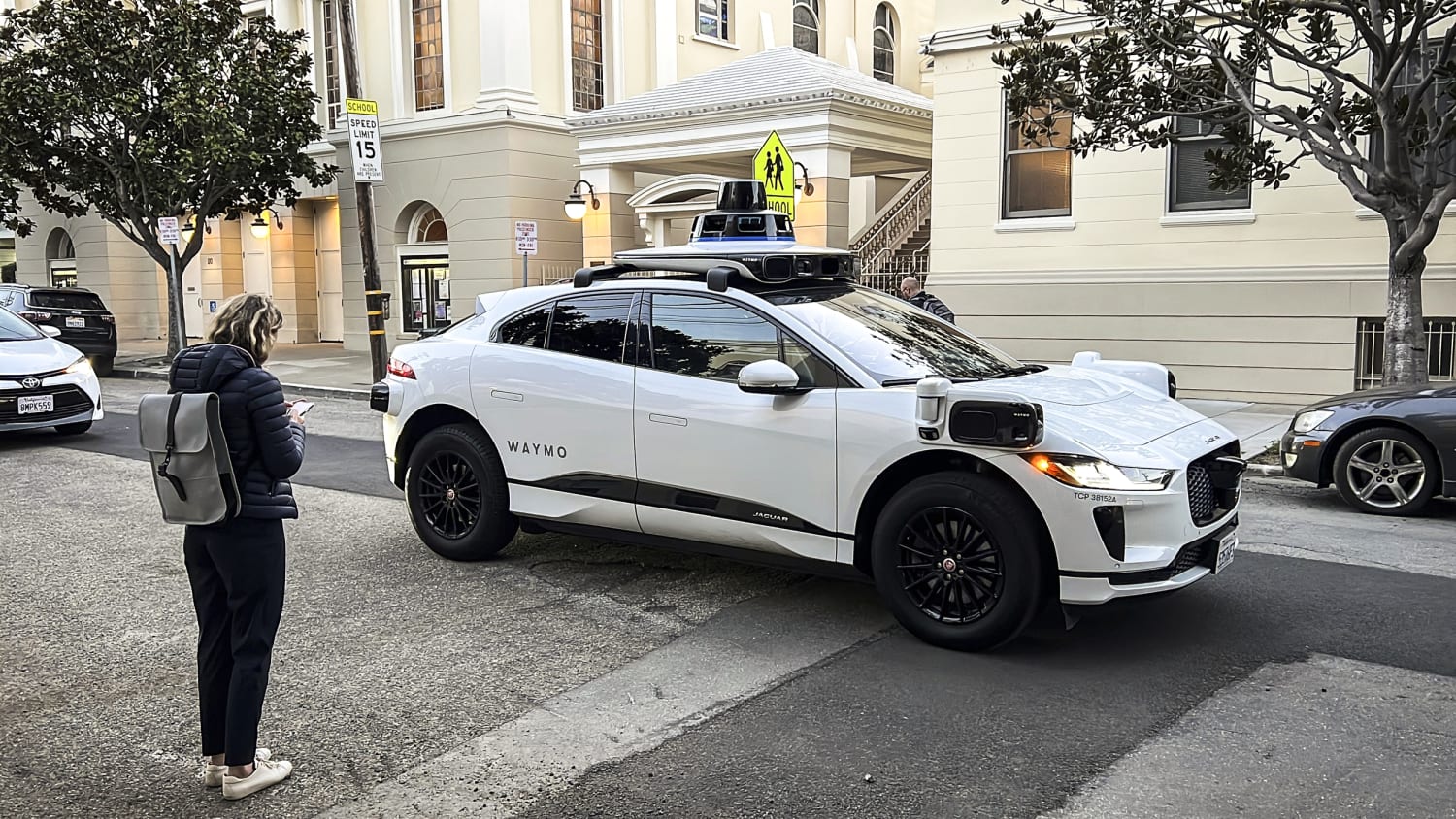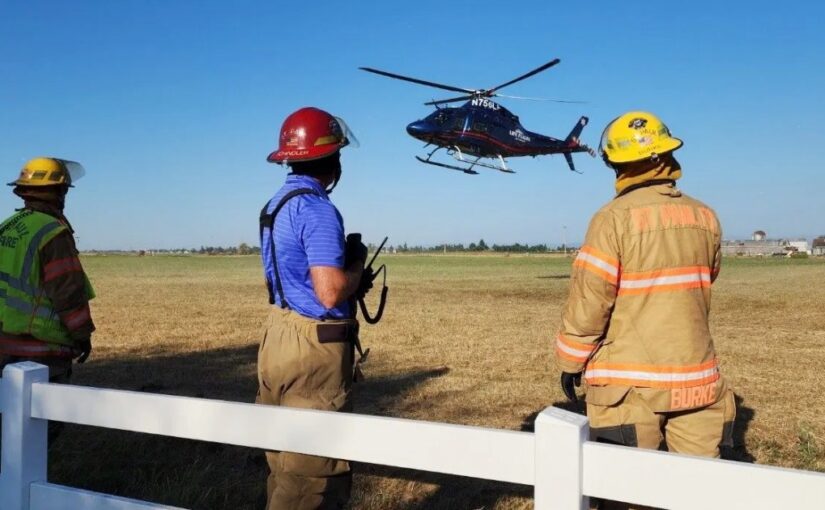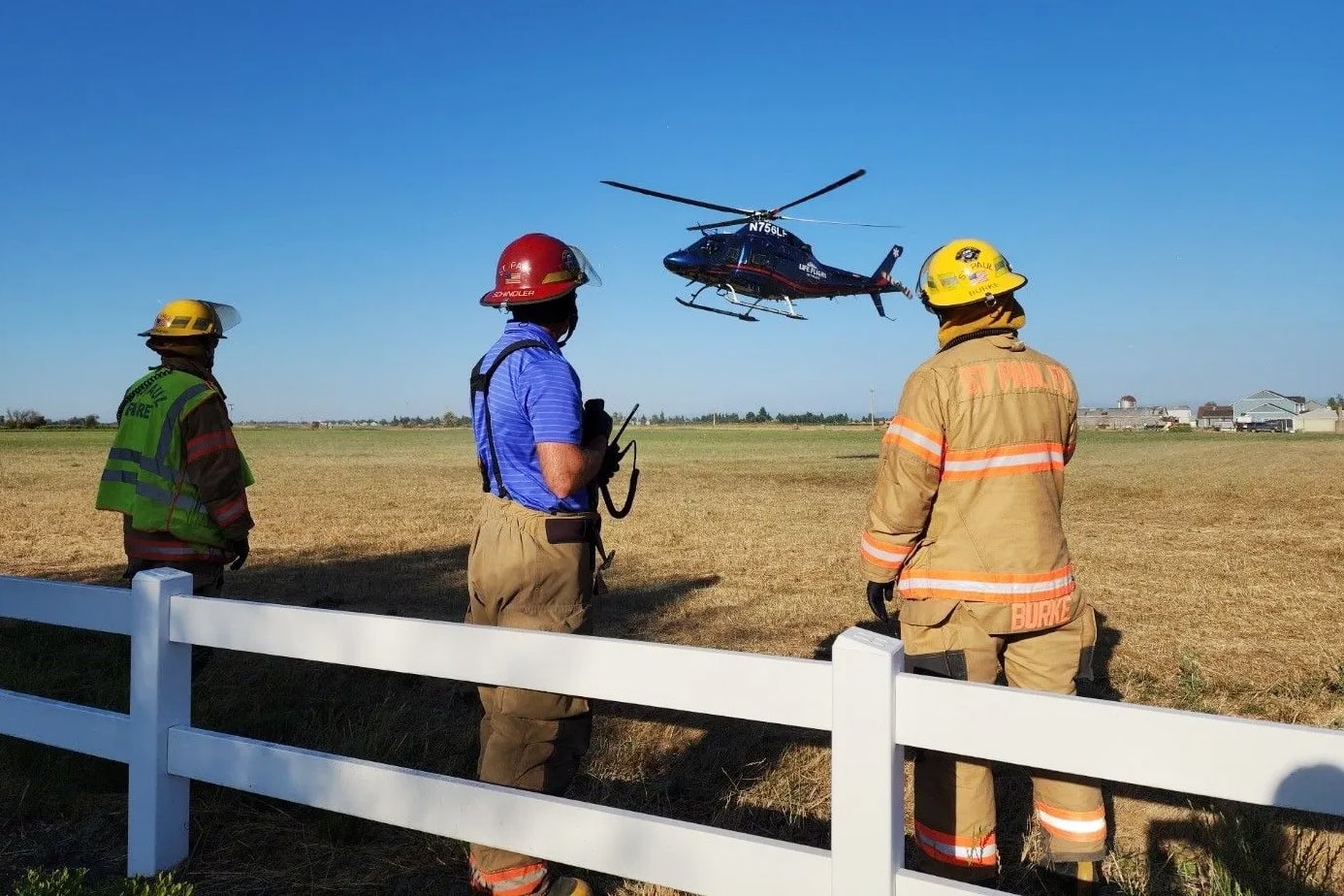SAN FRANCISCO — A California state board is set to vote Aug. 10 on whether to allow tech companies Waymo and Cruise to launch a massive expansion of driverless taxi fleets in San Francisco, but the stakes are far bigger than local politics.
The scheduled vote by the California Public Utilities Commission (CPUC) is shaping up as a referendum on an array of issues related to technology, including the politics of artificial intelligence and the human workforce affected by the technology’s rapid development.
If the commission agrees, hundreds of self-driving taxis could soon be available for hire by the general public, all day every day.
Tech executives, labor unions, transit advocates, city officials and robotaxi customers are all engaged in furious last-minute lobbying to try to sway the board’s five appointed members — setting the stage for what promises to be a state-by-state battle over self-driving cars and trucks.
“This is going to be the only chance for CPUC to get this right,” said Mike Di Bene, a local truck driver and member of the Teamsters, one of the unions that’s asking the state to pump the brakes on self-driving vehicles, which include taxis and big-rig trucks.
Self-driving taxis have become the latest flashpoint for conflict in San Francisco between the city’s wealthy, assertive technologists and the anti-corporate, progressive coalition that has a deep influence on local politics.
Cruise and Waymo have courted locals with goodwill measures like sponsorships of the San Francisco Giants and the San Francisco Marathon, while the city’s transportation office is strongly opposed to the expansion, citing congestion and other issues. Some opponents have even employed a guerrilla street tactic: they have planted traffic cones on the vehicles’ hoods to confuse the software and disable them.
The clash is in many ways a microcosm of all the thorny questions that AI is raising across the economy, including, How quickly will change occur? And what will happen to workers whose jobs are lost to robots?
Cruise and Waymo have spent years running pilot programs in multiple cities and are hoping for big changes after the commission’s vote. Cruise, which is majority-owned by General Motors, has a late-night taxi service in San Francisco that it wants to expand, initially with 100 vehicles. Waymo, which shares a parent company with Google, wants to pick up paying passengers in the city for the first time. It said it doesn’t have a firm number of vehicles in mind, only that it has hundreds in San Francisco now for testing and that it wants to roll out the paid service incrementally.
Both want to operate 24/7 — a potentially major change for San Francisco’s streets, and a potential showcase for what AI can and cannot do.
Financially, the pressure is on. Cruise lost $611 million in the second quarter of this year, a rate of nearly $7 million a day, according to GM’s earnings report. Waymo’s parent company, Alphabet, does not disclose the finances of the Waymo division, but it had layoffs this year and recently scaled back its self-driving trucking project, saying it was doubling down on autonomous passenger cars.
Freight trucks won’t be affected by next week’s vote, but they face a parallel threat: A bill moving through the California Legislature would require a safety driver to be in an autonomous big rig at all times. San Francisco Mayor London Breed spoke at a Teamsters rally last month in favor of the bill.
If Waymo and Cruise lose next week, some in the tech community fear they’d leave San Francisco or at least scale back, hurting the city’s place as the center of AI technology. Robotaxis are one of the most tangible applications of AI, using similar technology to what underlies the viral chatbot ChatGPT.
“Cruise and Waymo, they’re both Bay Area-founded companies that have big offices in San Francisco,” said Lee Edwards, a tech investor who’s an active booster of autonomous vehicles on social media. “Maybe they just go to a different city,” he said.
Both companies have operations in other cities, including Austin and Phoenix.
Edwards has not invested in Cruise or Waymo, although his firm, Root VC, invests in an autonomous-trucking startup. He said he supports driverless taxis because there are so many traffic deaths involving human drivers — 43,000 nationwide in 2021, a 15-year high — and he sees AI systems as safer.
Self-driving cars tend to be ultra-cautious, obeying the speed limit and stopping at stop signs — so much so that some human drivers don’t like sharing the streets with them.
“The only thing you can complain about with a Waymo is that it drives like a nerd,” Edwards said, meaning that robotaxis follow rules when human drivers might cut corners.
The arguments for and against robotaxis break down along complicated lines. Proponents point to potential safety benefits and the ease of getting around without driving, including for some disabled people. Opponents argue the technology is unproven and makes too many errors, such as stopping at awkward times and blocking city buses or emergency vehicles.
A YouTube video getting forwarded around in tech circles aims to rally the tech community behind the cause of robotaxis. It was made by Garry Tan, the head of Y Combinator, an influential incubator for tech startups, including for Cruise in its early stages. He said next week’s vote is a test of California’s commitment to innovation.
“This is a technology built right here in San Francisco that will change the world, yet some of the most ideologically driven elected officials want to stamp it out. It’s a lesson in killing the Golden Goose,” Tan says in the video.
Waymo and Cruise are also putting together last-minute campaigns to whip up support and try to avoid defeat. They’ve taken out ads in newspapers and on social media and sent emails to customers asking them to weigh in. A new advocacy group, Safer Roads for All, popped up with the support of Waymo and a motto: “Don’t let politics block progress.”
On the other side, critics of the robotaxis are sending letters to the state utilities commission, planning in-person rallies and posting photos and videos to social media of the robotaxis making mistakes.
Lorena Gonzalez Fletcher, executive secretary-treasurer of the California Labor Federation, said the state has grown weary of tech executives rushing forward with new ideas before taking their time to examine safety. She said next week’s vote is a unique chance to slow them down.
“Let’s ask the questions now, before these companies become part of a way of life and too large, and investors have put in too much to regulate them,” she said.
Her federation is an umbrella group for 1,200 unions with 2.1 million members, and she said some of their jobs are at stake, including in areas like parcel delivery.
“Where does it go next? Could it go to delivery? Of course it could. That is an area where we have some really good union jobs, some middle-class jobs,” she said.
Cruise has countered by striking deals with two unions who will represent electrical workers and janitors at company facilities, Reuters reported Thursday. And in a newly announced paid sponsorship, a Cruise logo now appears on the sleeves of San Francisco Giants players.
Members of the California Public Utilities Commission are appointed by the governor. A spokesperson for Gov. Gavin Newsom, a Democrat, declined to comment on his position on self-driving technology.
Di Bene, the truck driver, said he doesn’t think any software could match his 29 years of experience with annual safety training.
“As a professional driver and a Teamster, I’m safe because I’m fearful and I respect my life and everyone else’s life,” he said. “A computer, a code, a truck that’s unmanned, will never have that fear because that’s not what they do.”
An Uber test car in autonomous mode hit and killed a woman in Arizona in 2018. The backup driver pleaded guilty last week to endangerment and was sentenced to three years of supervised probation.
Cruise and Waymo, though, haven’t caused any reported deaths, and they say the safety argument is on their side. “Humans are terrible drivers,” Cruise has said in newspaper ads.
“Autonomous vehicles don’t get drunk or drowsy. They don’t text at the wheel,” Waymo co-CEO Tekedra Mawakana wrote in a column last month in the San Francisco Chronicle.
“We want our vehicles to improve road safety and to contribute to the city’s economic recovery and its Vision Zero goal of no street fatalities,” he said.
San Francisco is far behind its goal of eliminating road deaths, and human drivers are almost always at fault when there’s a collision between them and a driverless car such as a Cruise or Waymo.
Dylan Fabris, community and policy manager for San Francisco Transit Riders, an advocacy group, said robotaxis are a distraction from what should be the priority in a congested city: getting people out of cars and onto buses, trains, bicycles and their own two feet.
“Right now, we need to be increasing ridership on transit — for the environment and for creating a city that’s actually pleasant to live in,” he said. “We need to not be adding more cars to the mix.”
Advocates for robotaxis have made no secret of their hope to replace public transit systems, and they have a playbook to follow: After Uber and Lyft began operating, public transit use fell among people with high incomes and people without children, according to a 2021 study published in the journal iScience.
David Ingram
David Ingram covers tech for NBC News.
